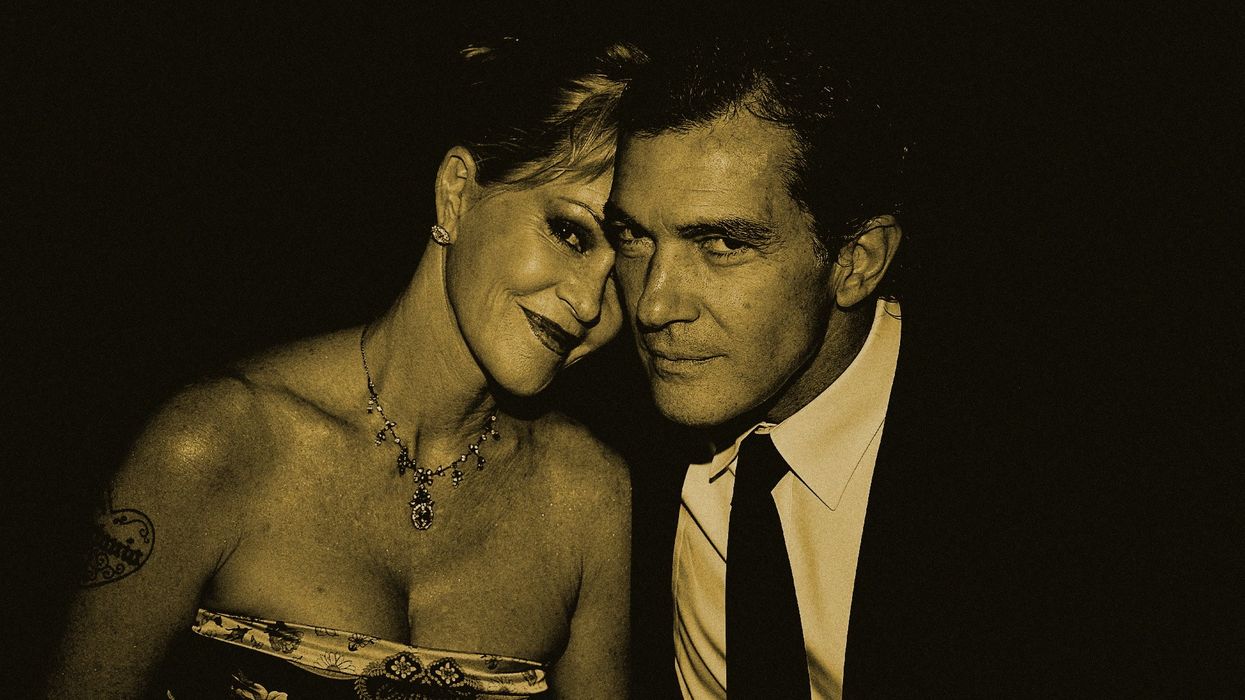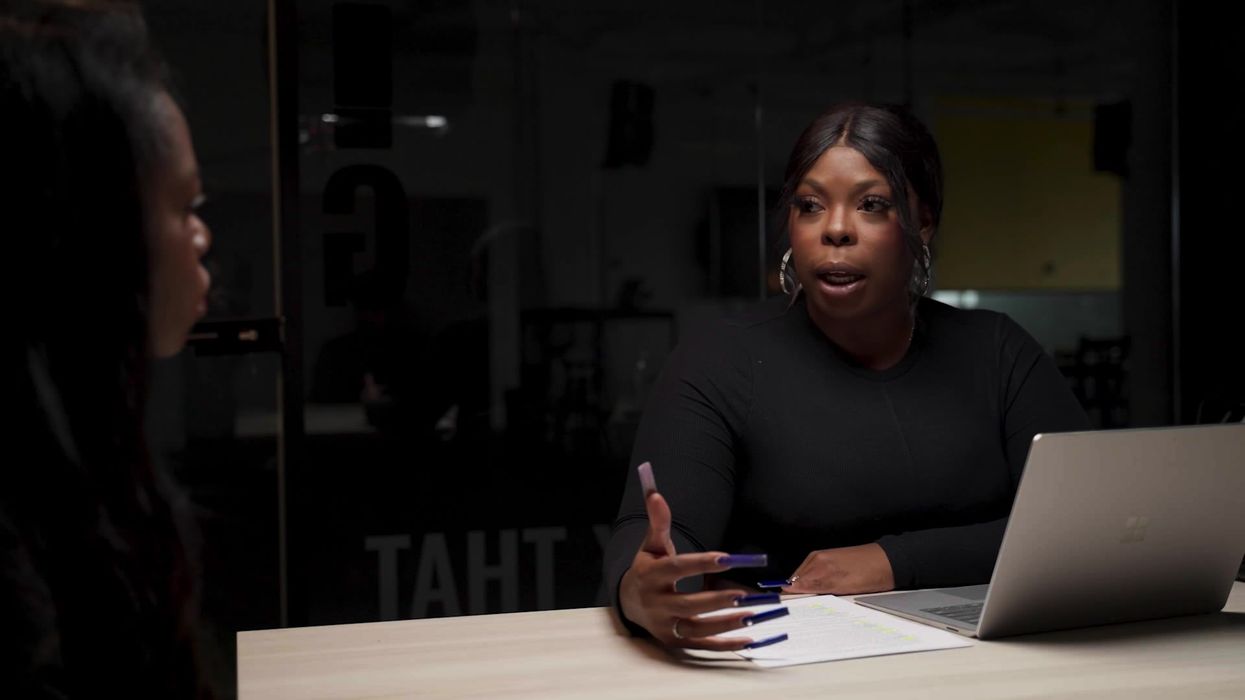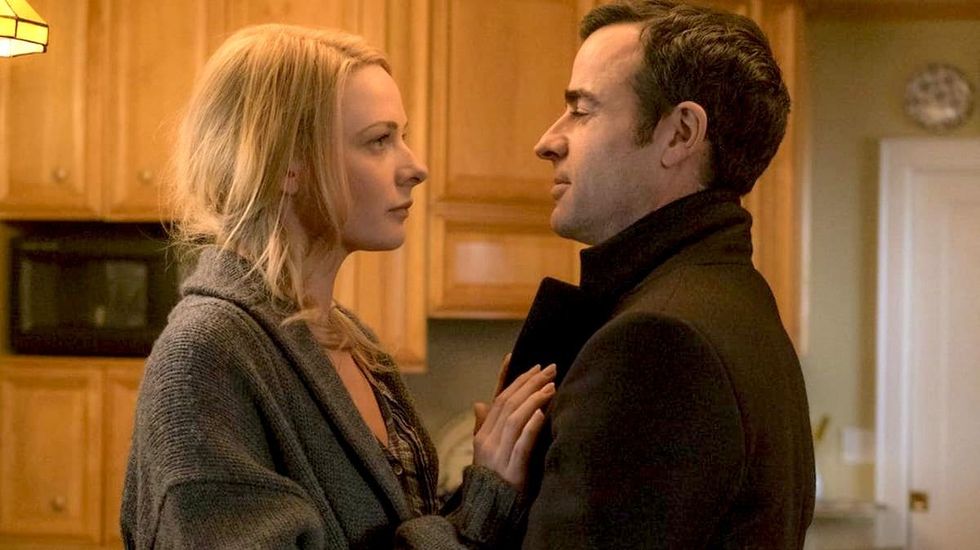
Codependency: How To Recognize The Signs And Overcome It
Codependency can lead to very unhealthy relationships so it is important to be able to recognize the signs. Since it is rooted in low self-esteem, it's very helpful to take a look at how to tackle this issue so it can prevent someone from falling into the wrong relationships.
Codependency is a term widely used but not always accurately applied. It’s difficult to identify, especially as healthy bonds and intimacy are necessary for meaningful relationships. When does depending on others become unhealthy? When is codependency an issue that has to be addressed? What’s the tipping point?
More than just a buzzword that carries negative connotations of neediness and addiction, codependency is a learned behavior that manifests in a multitude of ways. It includes putting the needs of others above your own, having low self-esteem, taking responsibility for others’ emotions, and more.
If you’re concerned about you or someone you love being codependent, it helps to have a clearer picture of the causes, symptoms, and solutions. First, let’s unpack the definition itself.

What is codependency?
Two codependency books released in the ‘80s — Melody Beattie’s Codependent No More (1986) and Pia Mellody’s Facing Codependence (1989) — made the concept mainstream. Initially, the term “codependency” received a lot of attention in the context of the Alcoholics Anonymous (AA) movement to describe the unhealthy dependency of family members, typically spouses, on relatives struggling with alcoholism.
Substance abuse often creates a dysfunctional and unhealthy balance in relationships. The carer may take excessive responsibility for the person they’re caring for, including their emotions, personal affairs, or day-to-day needs. Often an addict’s spouse would derive their sense of purpose and self-worth by satisfying their alcoholic partner’s needs before meeting their own. This is referred to as “enabling” and, although done with positive intent, maintains a cycle of self-sabotage.
Although codependency was first used in the context of substance abuse, it's a much wider issue. While mutual reciprocity is part of any thriving relationship, someone with codependent traits is overly-reliant on others to value their self-worth. A common example is people-pleasing, whereby someone sacrifices their own needs in order to “please” others.
It’s not surprising that anxiety, the need for approval, and self-defeating thoughts are traits that lead to codependent behavior. A codependent’s “esteem” comes from things or people outside themselves, instead of from within. They may believe their self-esteem is high when they get validation or praise, without realizing that it is entirely based on external factors.
Codependency restricts a person’s ability to be a whole and healthy individual due to persistent self-neglect, with the aim of receiving love, validation, or approval from another person.
What causes codependency? The roots behind the issue
If you’re reading this article because you’ve noticed codependency tendencies, the next step is assessing the root-cause. Codependency is a learned behavior, often passed from generation to generation. Patterns of codependency are learned through family dynamics, often when boundaries were blurred or non-existent. The number one predictor of codependency is a dysfunctional family dynamic.
Without a supportive or accepting family environment, maladaptive coping mechanisms develop. This ranges from a lack of trust, feeling love is conditional, second-guessing motivations behind behavior, self-blaming, or invalidating your own emotional landscape or needs.
At a young age, we learn from our environment, without discerning if what we see is healthy or not. At such an impressionable age, we become susceptible to developing unhealthy traits. If a parent is neglectful, we might seek approval and feel we’ve done something wrong when our needs aren’t met.
However, the neglect from a primary caregiver isn’t the only way codependency is caused. In fact, Pia Mellody identifies that culturally acceptable practices of “normal” parenting can lead to codependent behavior. For example, a parent who attempts to protect their child from harm might unwittingly instill a worldview that causes anxiety and a lack of safety.
What are the signs of codependency?
“Healthy self-esteem is created within an individual who knows that he has inherent worth that is equal to others’.” — Pia Mellody.
So how do you spot the signs of codependency? Although there is a range of symptoms that hint towards codependency, as an expert in the field, Pia Mellody’s Five Core Symptoms are a good starting point. They are:
- Difficulty experiencing appropriate levels of self-esteem: Codependent behaviors are linked to what Melody refers to as “other-esteem.” Unlike self-esteem, a sign of codependency is basing your worth on the behavior, opinions, or relationship with others, or through direct comparison.
- Difficulty setting functional boundaries: Boundaries are essential for functioning and independence. Without boundaries, someone is more likely to encroach on other’s boundaries, or take responsibility for others’ thoughts or emotions. They’ll be discussed in more detail below.
- Difficulty owning our own reality: This comes with the struggle of not having a strong sense of identity and instead of being defined by others.
- Difficulty acknowledging and meeting our own wants and needs: As children, we rely on our needs being met by our primary caregiver. But as adults, we are responsible for our needs being met. Those with codependent traits may expect others to meet all their needs, or believe their needs can be met exclusively by themselves, have no idea what their needs are, or confuse needs with wants.
- Difficulty experiencing and expressing our reality moderately: Codependency can cause extremes in behaviour, with a lack of moderation. This is usually a result of no boundaries or difficulty in expressing their reality.
Why it's important to establish boundaries
Although any of the above points could be elaborated, boundaries are arguably the most important. Boundaries are the personal limits we set with other people, in order to create a safe space for ourselves. Boundaries protect us by signaling to others what kind of behavior is acceptable towards us. Establishing boundaries as an adult helps us gain a clear understanding of who we are, what we want, what we feel. Above all else, it helps us take full responsibility for ourselves and our needs.
Mellody highlights enmeshment as the main cause of a lack of boundaries. In any parent-child relationship, a healthy emotional bond is needed. Enmeshment, however, occurs when a caregiver overlooks the individuality of the child and provides no space for healthy emotional development.
As a result, there’s no clear distinction, or boundary, between the child’s emotions or needs, and the parents. Often a parent themselves might seek their worth in the child, mirroring their own codependent behavior. This behavior makes it difficult for a child to develop independently.
How to overcome codependency
It stands to reason, then, that learning to set boundaries is a key step in overcoming codependency. First, you have to understand what your boundaries are, which is easier said than done if a lack of boundaries has been a life-long habit. Self-awareness plays an important role: where in life do you feel your boundaries are being encroached?
Emotions are useful guides. When our boundaries are crossed, we might feel anger or frustration. We might notice a pattern of saying “yes” too often, or notice how we are looking for validation from others. Awareness is always the first step to breaking unhelpful cycles of behavior, but the next step, communication, is difficult but necessary.
Without communicating boundaries, we might become closed, or put up what Mellody calls “walls,” which act as complete barriers to other people. Or, we might end up lashing out or blaming others. Part of the challenge of overcoming codependency is learning to express needs and boundaries, clearly and with compassion.
Another approach is to address the cause, not the resulting behavior. This means learning to boost your self-esteem and self-worth, away from the approval or validation of others. Tools such as meditation, cognitive behavior therapy, and self-compassion are great starting points.
To recap, here are further tips you can do to reclaim yourself and build your esteem:
- Spend time alone, and get to know yourself. Figure out who you are on your own, what your values and needs are by taking time to do some inner reflection whether it is through journaling, meditation, or breathwork.
- Learn to set emotional, physical, and mental boundaries with others, as well as with yourself. They are incredibly empowering and set the tone for better, more fulfilling relationships.
- Practice self-care. Do things just for you, because they bring you joy and make you feel good.
- Reach out for support. Understand that being open to receiving help is a sign of strength, not a sign of weakness.
- Learn to accept and love yourself. This is a hard one but the most important. Your relationship with yourself is the only one that truly matters. If you catch yourself trying to change in order to get external validation, recognize the pattern, forgive yourself and focus on being your true authentic self.
Although much work on codependency can be done alone, keep in mind that these tips are not substitutes for professional mental health support. If your symptoms are extreme and you have the means to do so, it’s worth exploring the support of a trained therapist.
A note on healthy attachment vs. codependency
Personal growth is a path of trial and error, and finding a healthy balance often comes from moving between relative extremes. Overcoming codependency is a huge undertaking, requiring self-honesty, trauma work, self-reflection, and courage. And in the journey of overcoming codependency, there’s a potential trap.
As mentioned at the beginning of the article, human relationships are essential. To develop thriving, meaningful relationships, we require intimacy. Intimacy, in turn, requires vulnerability. All of these qualities depend on opening our hearts and developing close bonds.
When becoming aware of codependent traits, it’s possible to move to the other extreme. Let’s say you’ve realized you’re overly dependent on friends, or fall in love easily, or are influenced by the behavior of others. There can be an inclination to attempt to step back, becoming hyper-protective, or fear intimacy. Mellody refers to these behaviors as anti-dependent.
Indeed, secure attachment is a prerequisite for a lasting, healthy, inter-dependent relationship. Ann Smith, author and codependency expert, notes: “it is normal and natural—not codependent—to seek the comfort of those we love when we are hurting and to feel anxious when we are separated or abandoned, regardless of the cause.”
Codependency isn’t a life sentence, and healing is absolutely possible. Learning how to stop being codependent takes time and requires patience to get this balance right. Keep in mind the above steps to overcoming codependency, but don’t expect transformation overnight.
Take things one interaction at a time, and celebrate all the small steps towards building healthy, balanced, and loving relationships — starting with your relationship with yourself.
More helpful articles:
- Resentment and Anxiety Hurt Your Relationship–Here’s How Shadow Work Can Fix It
- Shadow Work: Learning From Jealousy And Envy
- Split Decisions: Is Your Relationship Really Over or Does It Just Need Work?
- Is Appreciation Deficit Disorder Ruining Your Relationship?
- How To Forgive Your Toxic Parents…Even If They Don’t Deserve It
- The Silent Killer: How Not Talking About Relationship Anxiety Hurt My New Love












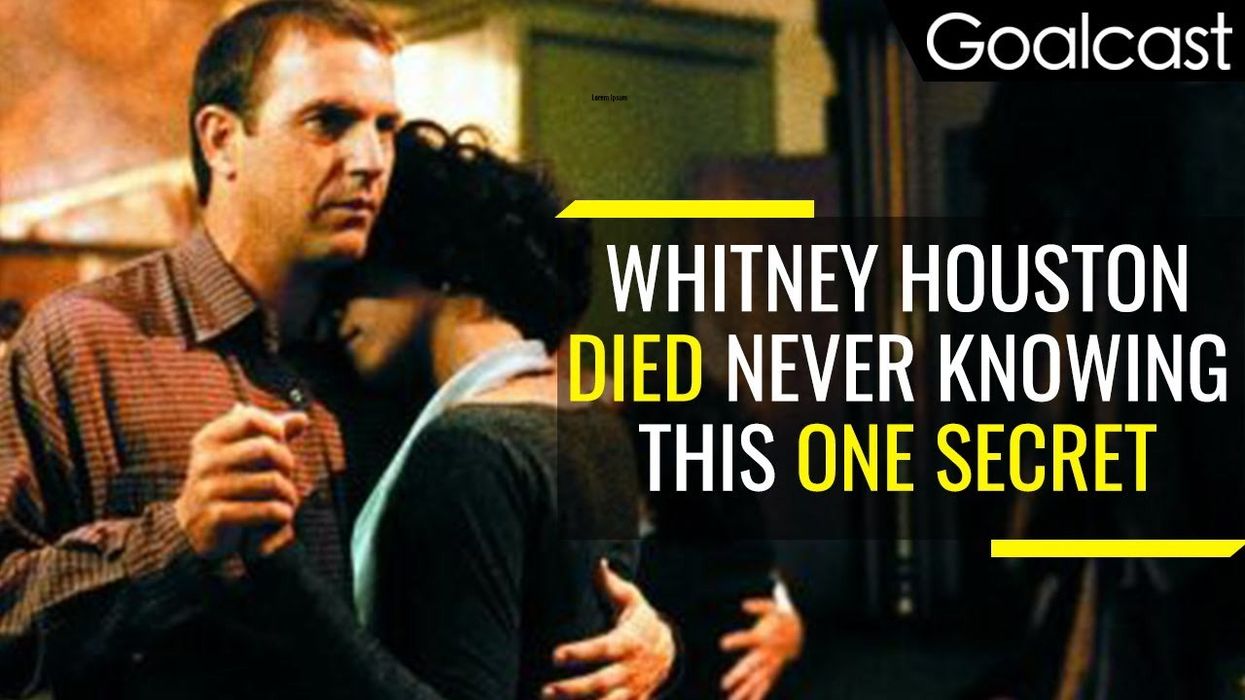


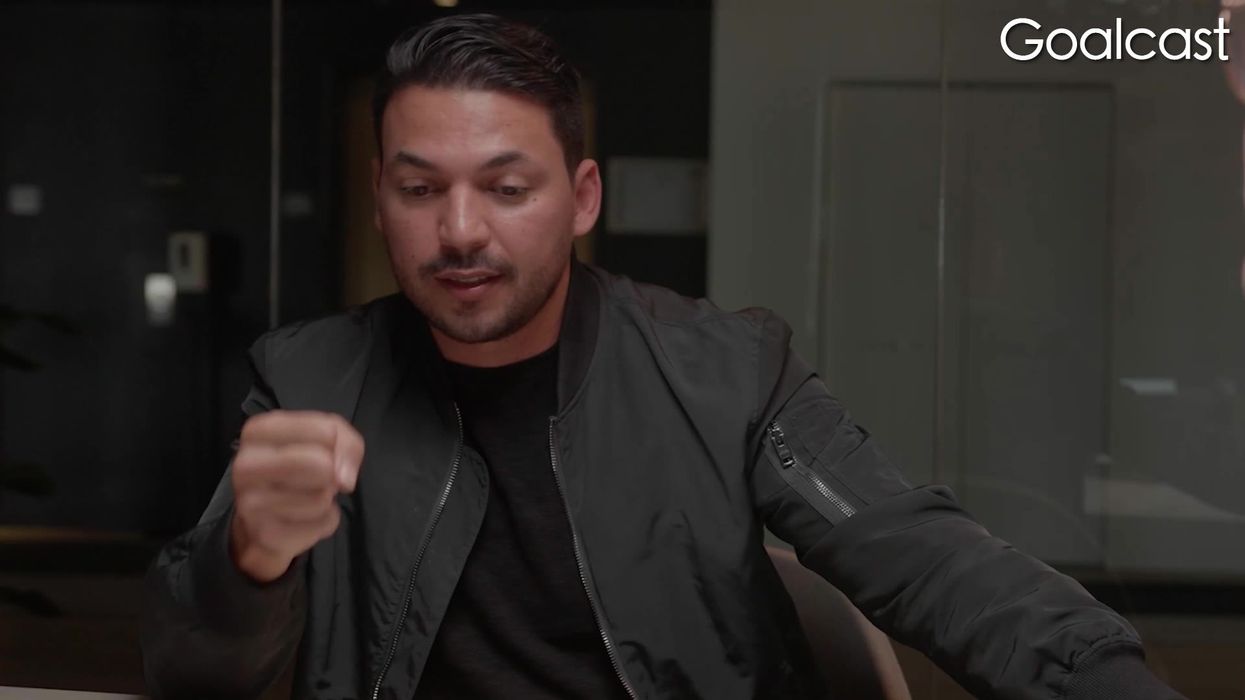


 woman speaking to another woman sitting opposite herWestpac Banking
woman speaking to another woman sitting opposite herWestpac Banking elderly couple laughing and drinking coffee outside a restaurant
elderly couple laughing and drinking coffee outside a restaurant


